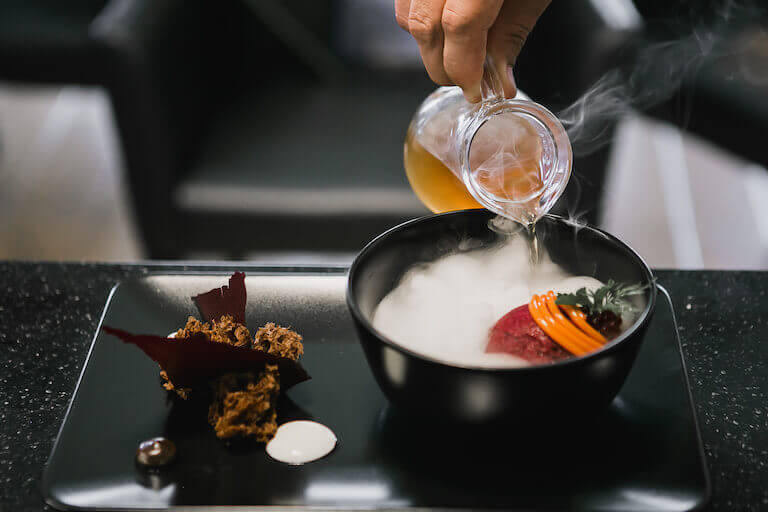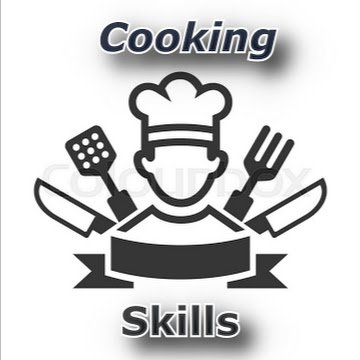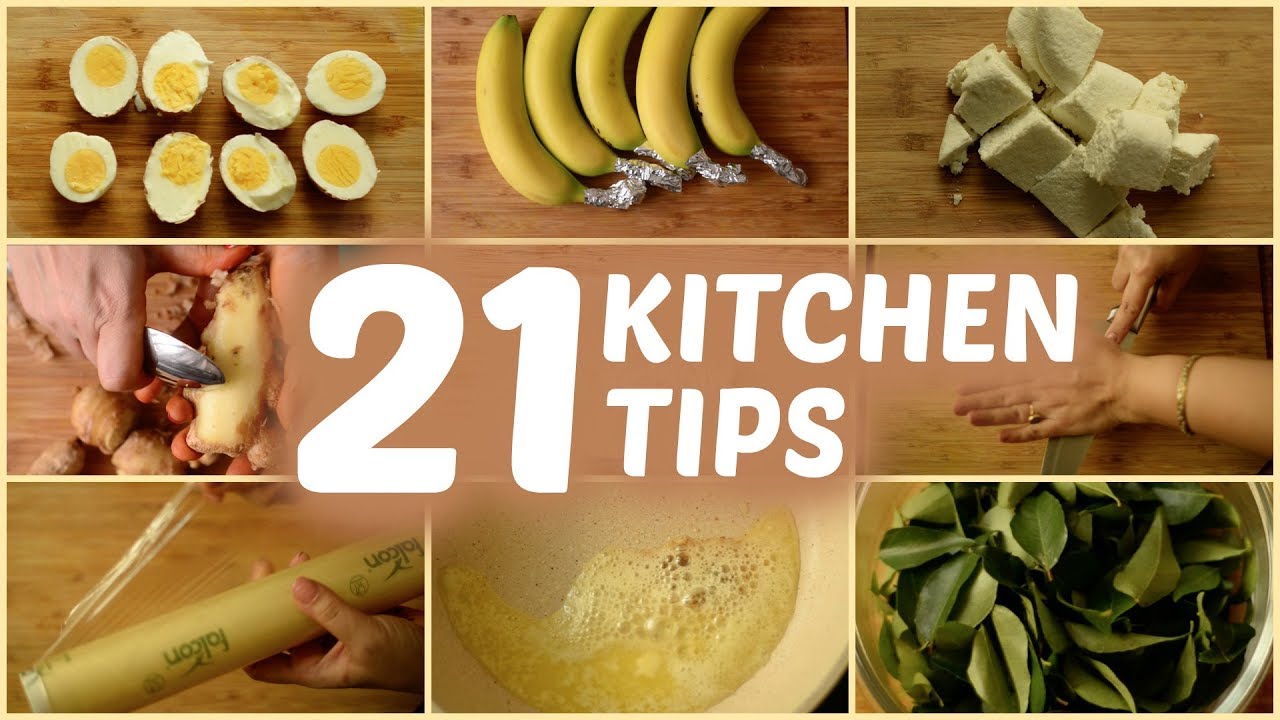
There are many things that can be done to ensure your kitchen is safe. Safety precautions include not purchasing appliances with broken or faulty parts, and knowing the hazards that could be present in your kitchen. These can include electrical fires as well as choking hazards. Keep reading for more safety tips in the kitchen. Here are some of the top ones:
Fire hazards
One of the most dangerous areas in the home is the kitchen. Many of the common kitchen hazards can cause serious injuries. While most accidents can be avoided, some can be life-threatening. There are a few things you can do to prevent most kitchen accidents. You should seek immediate medical attention if there is any injury. Even if your injury appears minor, you could have an internal injury that will not be apparent for days.
Electrical fires
Although electrical fires in kitchens are often unpredictable, these disasters can be prevented by following some basic safety measures. It is important not to overload an electric outlet. Also, avoid using water or other liquids close to heat-generating appliances. Make sure to unplug appliances that are not meant to be used with water or liquids. Overloading outlets can cause dangerous conditions and even trip breaker.

Stoves
House fires are often caused by people leaving things unattended in the kitchen. People leave things cooking while they go out for the day or grab a quick catnap. It is important to ensure that you don't leave any items near the stove. You can also set a timer so that it doesn't take too long. Potholders can also be used to catch any packaging on the stove.
Choking hazards
The dangers of choking in the kitchen are numerous. Even small objects can cause choke-ups in children. Parents need to be extra vigilant about their children's safety. Check behind couches, under furniture and any other places where children might reach. Parents should be able to perform CPR, and always have a contact number in case of emergency. Children should be taught how to childproof cabinets and drawers in order to avoid choking in the kitchen. Children should be watched while they eat. Foods should be cut into 1/2 inch pieces.
Cross-contamination
Cross-contamination of food in the kitchen is a very common problem. Cross-contamination of equipment can lead to dangerous bacteria in food. Cross-contamination can happen whether a machine cuts meat or is used to produce glassware. In 2008, a meat cutter was infected from listeria. Cross-contamination may not always be possible. You can still prevent cross-contamination from your kitchen.

Hand washing
Hand washing is an important aspect of food safety. It is the first line defense. Food safety requires employees to wash their hands frequently and often. It requires extensive training and proper installation of hand washing stations. Hand washing can help reduce cross contamination and improve food safety. Proper hand washing practices are essential for the safety and health of food processing plants. They should be highlighted in training, and prominently displayed at work. Hand-washing will produce cleaner, more nutritious products.
FAQ
How do I get motivated to cook?
It's fun to cook for your friends and family. However, cooking for yourself is much easier than cooking for others. If you want to be motivated to cook, try making something new. You'll learn new techniques, and you'll be inspired to cook. Also, you can use recipes from different cultures to expand your culinary knowledge.
What's the difference between a professional chef and an amateur cook?
A chef prepares food to be served to others. A cook prepares the food for oneself. While both jobs involve preparing food, a chef works directly with customers. This means that they can have to decide what food to serve customers based their preferences. Cooks don't interact with customers. Instead, a cook makes sure the food tastes good before delivering it to customers.
What are your basic cooking skills
Basic cooking skills include the ability to read recipes and measure ingredients. These are the essential skills you will need to be able cook for yourself. Cooking is a great way save money as you don’t have to order take-out every day.
Statistics
- In the United States, the category is estimated at $23.2 billion annually and is growing faster than the market. (washingtonpost.com)
- The median pay for a chef or head cook is $53,380 per year or $25.66/hour, according to the U.S. Bureau of Labor Statistics (BLS). (learnhowtobecome.org)
- On average, chefs earn $58,740 a year, according to the BLS. - learnhowtobecome.org
External Links
How To
How to cook your steak
The type of meat you are cooking will determine the right method to use. For example, thinner steaks are best cooked over low heat, while thicker ones need higher temperatures.
Don't overcook them as they will lose flavor. You should always remove the steak from the skillet when it's done. This will prevent you from burning yourself.
Cooking time will depend on the size of your steak and the desired level of doneness. Here are some general guidelines.
Medium Rare: Cook until medium rare, which means the internal temperature reaches 145degF (63degC). This will take between 3 to 5 minutes per side.
Medium: Cook the meat until it reaches 160°F (71°C). This usually takes about 6 minutes per side.
Cook well until done. That means that the internal temp reaches 180degF (82degC). This takes between 8 and 12 minutes per side.